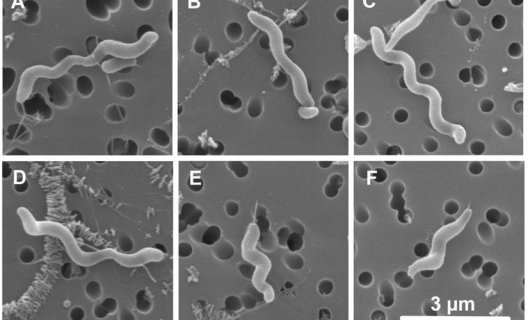Source attributed case-control study of campylobacteriosis in New Zealand

Scanning electron microscope image of Campylobacter cells.
Photo credit: Manawatu Microscopy and Imaging Centre
The implementation of poultry food chain-focused interventions during 2006-2008 reduced human campylobacteriosis by ~50%, but further decline since then has been relatively small. To the assess current relative contributions of different Campylobacter sources (poultry, cattle, sheep) IDReC researchers Jackie Benschop, Jonathan Marshall, Anne Midwinter, David Wilkinson and Nigel French collaborated with colleagues to conduct a year-long source-attributed case-control study of human campylobacteriosis in New Zealand.
Most cases (84%) were infected with strains attributed to a poultry source, while 14% were attributed to a cattle source. The overall findings indicate that poultry meat remains a dominant pathway for exposure and infection with Campylobacter in New Zealand.
Access to the full article, recently published in International Journal of Infectious Diseases can be found here